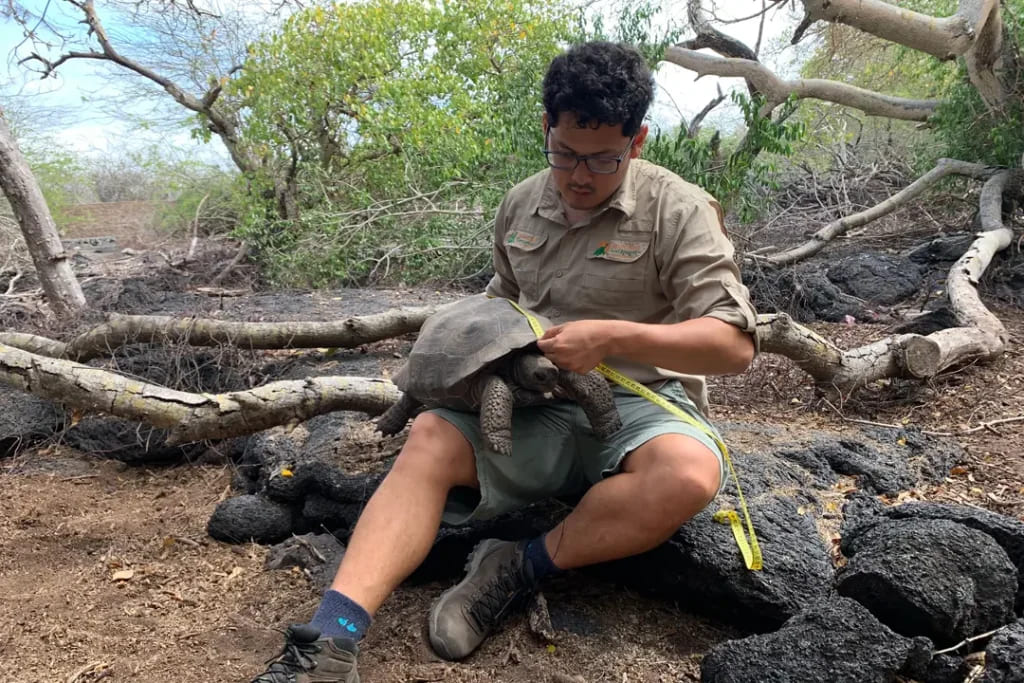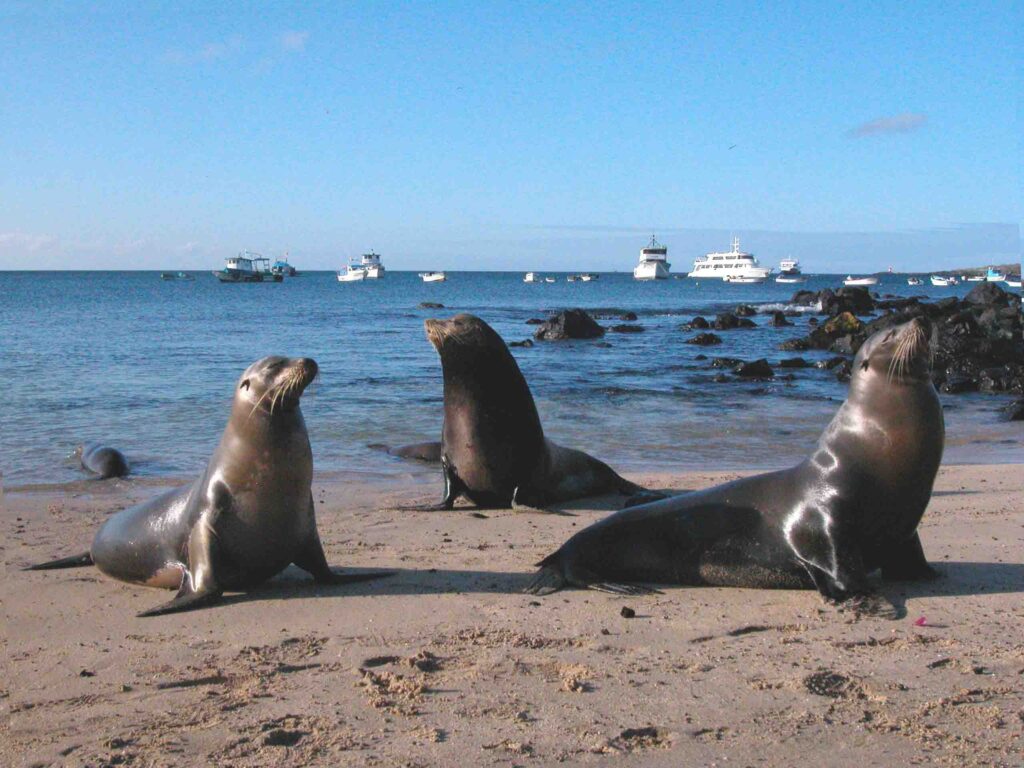Tourism in the Galapagos Islands has long been a double-edged sword.The economic benefits from tourism help fund wildlife protection programs and generate income for nearby residents but these activities create stress on delicate natural systems and weak public facilities. The government introduced entry fees and rental limits as solutions but these measures proved insufficient to solve the problem.
A Deeper Transformation: Regenerative Tourism

The tourism industry needs an essential transformation because its operations need to support both environmental restoration and the protection of indigenous communities. This is the essence of regenerative tourism.The main difference between traditional sustainable tourism and regenerative tourism lies in their objectives because traditional sustainable tourism works to minimize damage while regenerative tourism produces beneficial effects for both nature and local communities.
The tourism system of regenerative tourism functions as a unified network which connects environmental systems with social structures. The program works to boost community health through simultaneous efforts to defend cultural heritage and revive natural habitats. The Doughnut Economics model shows humanity can fulfill social requirements while keeping within environmental boundaries. The concept extends to tourism through the need to protect cultural heritage and restore natural environments while working within the islands’ maximum capacity limits.
Lessons From Other Islands

The world uses island destinations as experimental sites to develop regenerative tourism methods.
- Timor-Leste: ATKOMA functions as a community-based destination management organization which uses guesthouse visitor fees to support both reef protection and local community development programs. The local community leads tourism development activities which safeguard natural resources.
- The Maldives: Tourism is evolving beyond the traditional “one island, one resort” model. Community-run guesthouses now form a growing portion of the market, and HATA (Horsburgh Atoll Tourism Alliance) channels a percentage of bookings directly to conservation and community-led initiatives.
The examples demonstrate that islands with limited resources can create innovative methods to unite economic expansion with environmental conservation.
Galapagos at a Critical Juncture
Tourism on land in the Galapagos has experienced a growth of 260% since the year 2000. Conservationists warn that without change, the islands risk the same pressures experienced by other heavily visited destinations.
The Regenerative Tourism Group (GTR) established itself as a solution to address this problem. The GTR unites local stakeholders with authorities and conservation groups to develop a new tourism system which goes beyond visitor management.
- The workshops which started in 2023 brought together more than 60 people who began multiple new projects.
- The community needs to develop a visitor code of conduct which will represent their core values.
- The community needs to launch pilot projects which will serve as testing grounds for local regeneration-based tourism initiatives.
- The platform needs to combine community feedback to create an educational resource which will teach island protection and build deeper connections between visitors and their destinations.
Looking Ahead
The solution needs to move past tourist classification systems and it should not depend on increasing costs or implementing more limitations. The development of tourism needs to receive guidance from local communities because it will create benefits for both human populations and natural environments.
Galapagos stands as a worldwide leader in regenerative tourism through its demonstration of how community members and tourists along with conservationists can work together to restore ecosystems while protecting local culture and sustaining economic activities. The vision exists as an ongoing learning process which requires collaboration and adaptation because current decisions will shape the regenerative path of the islands.
